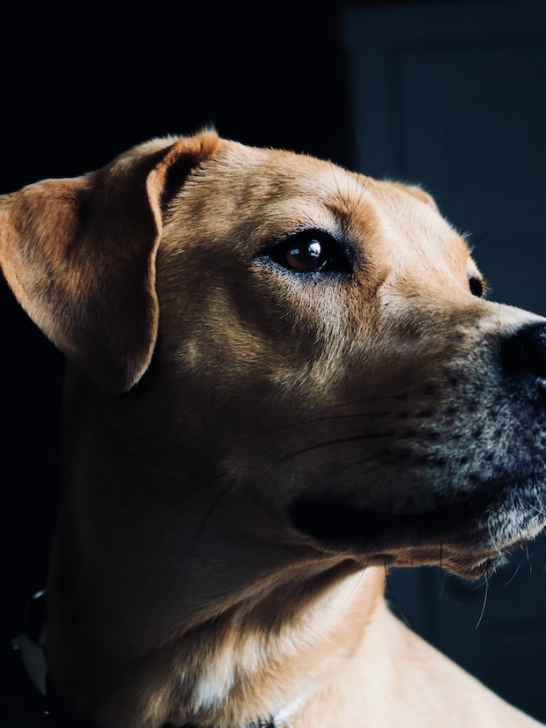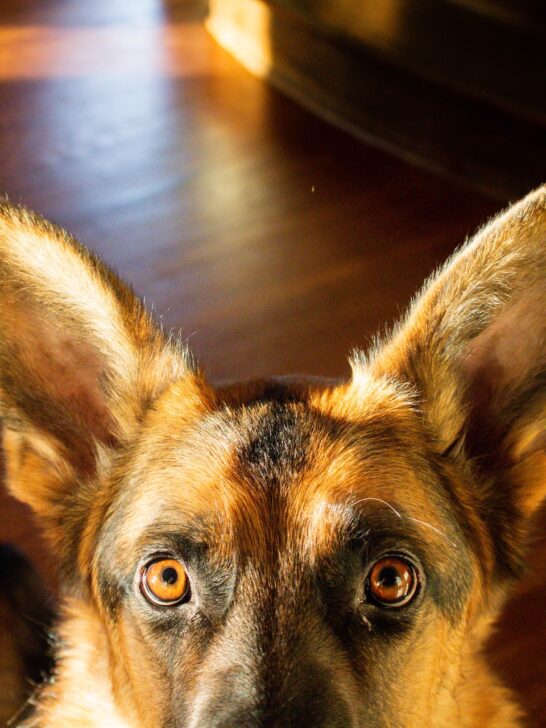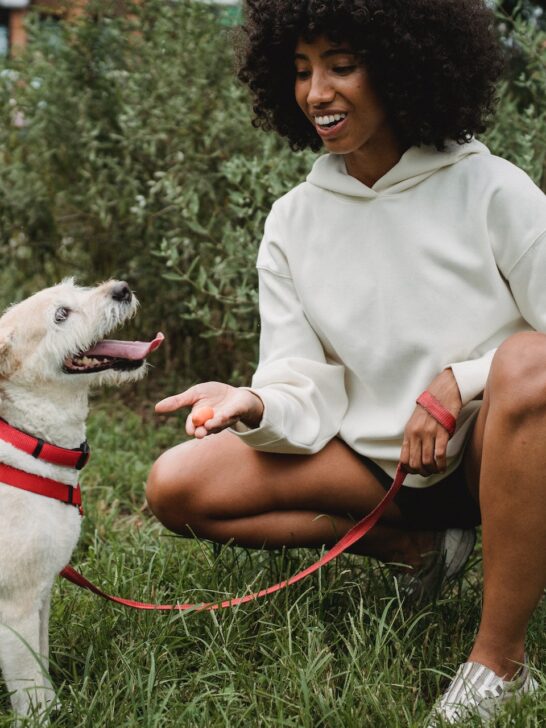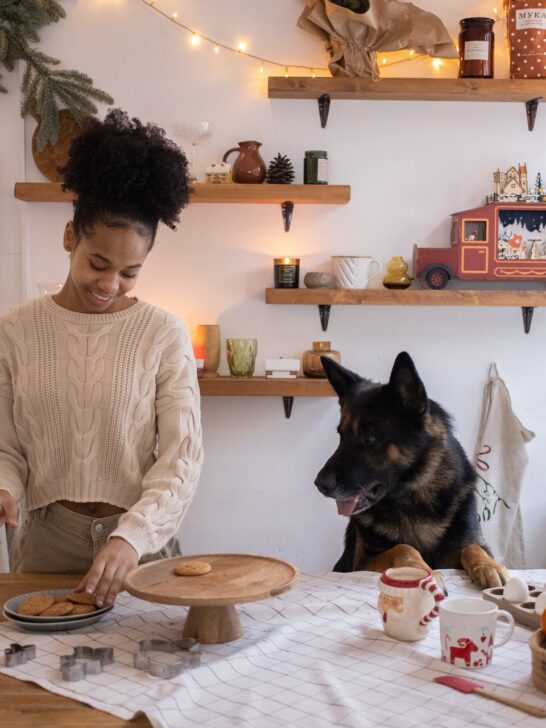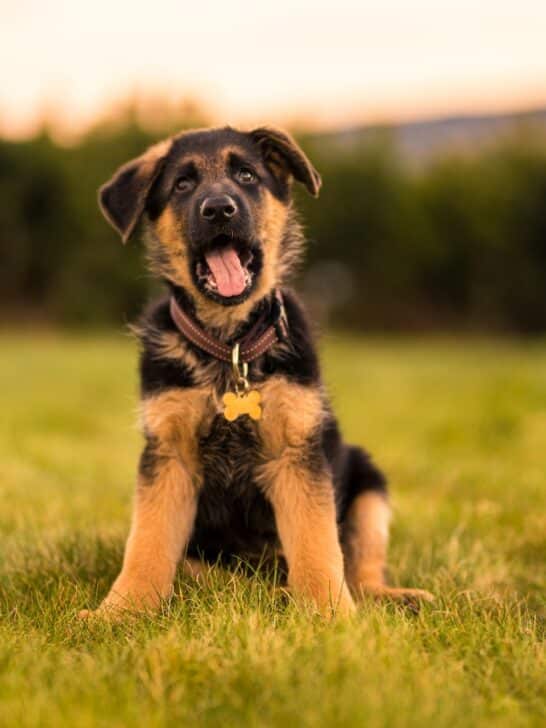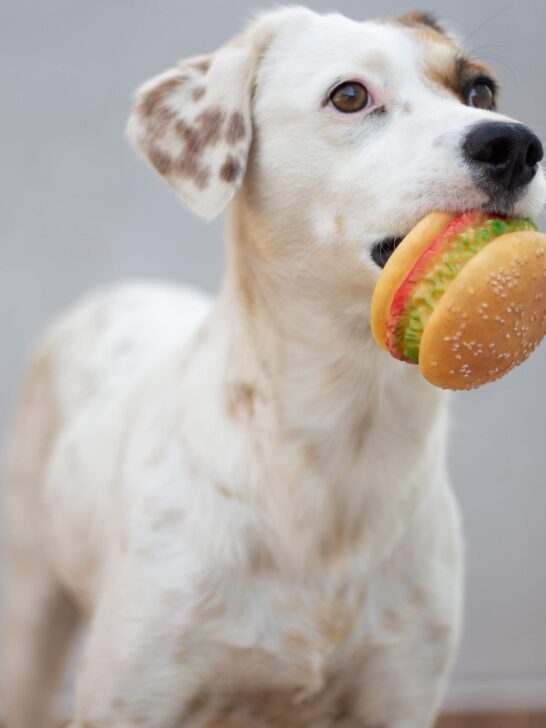Why Does My Dog Only Eat Once A Day?
Dogs are known to be food-driven. So it is no surprise to see them getting all excited and happy when it’s time for their meals or treats.
However, if your dog only eats once a day, it can cause alarm, not just for you but for most pet owners.
Should you worry about your dog’s health and nutritional needs if it suddenly stops following its regular schedule and starts to eat once a day?
We have compiled a handy guide to put your mind at ease in such a situation.
This article will delve into a healthy dog’s eating schedule and share a few tips to help you feed your dog more often.
We will also mention some red flags you should watch to help you decide when to take your dog to the vet. Read on.
Dog Only Eats Once a Day – Is this a Reason to be Alarmed?

Most veterinarians typically recommend that adult dogs be fed at least two meals daily, with a gap of about 12 hours between the first and second meals.
Both meals must comprise high-quality dog food with the right amount of nutrients and calories to help maintain a healthy weight and optimum energy levels.
Meanwhile, puppies and small breeds should eat at least three to four smaller meals daily.
But you should not let them indulge in free feeding, which involves keeping food available to pets so they can eat whenever they wish.
This faulty practice leads to more calories and causes obesity or eating disorders in dogs and puppies.
Dogs are animals of routine. So you should get your puppy used to a fixed feeding schedule early. This will help it adjust to its daily routine and avoid faulty eating habits.
However, many dog owners prefer feeding their dogs a single meal every day instead of multiple times throughout the day for the sake of convenience.
A dog digests its food completely within six to eight hours. So by evening, it will have an empty stomach and be waiting for its next meal.
If your dog gets used to this routine and only eats once a day, it may suffer from gastric dilatation-volvulus (GDV). GDV is an enlargement of the stomach and can be life-threatening for dogs.
Even if your dog does not contract GDV, it may still turn into a hungry and irritable dog and become prone to behavioral issues such as anxiety disorders or aggression.
That is why vets recommend spacing out food rations throughout the day, keeping health problems at bay.
On the other hand, if you follow a regular schedule with frequent feeding, but your dog suddenly refuses to eat more than one meal a day, you should still get it to eat more often as soon as possible.
How to Encourage Your Dog to Eat More Often
If your puppy or adult dog only eats once a day, here are a few ways to help it eat more often and stop leaving food in its bowl:
Establish a Steady Feeding Schedule
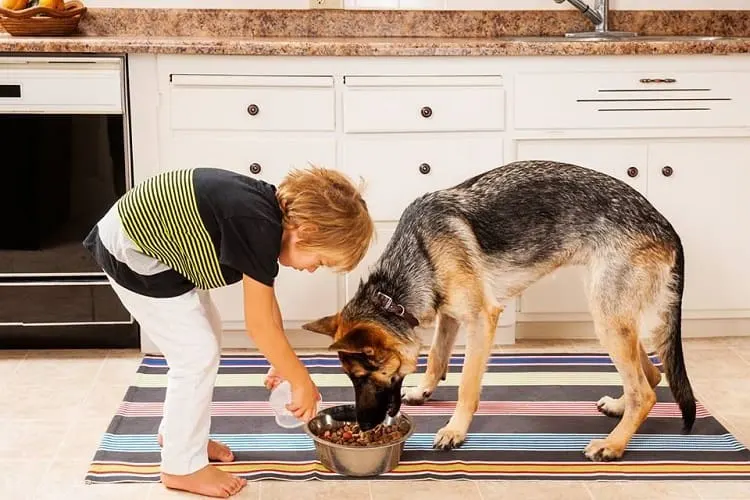
Puppies and adult dogs do well with routines. Maintaining regular feeding times will let your dog know when to expect food during the day and eat at only those times.
You should also make sure that it is disciplined about its food. If you put your dog’s food down in front of it and it does not eat its meal within the next 15 to 20 minutes, take its feeding bowl away.
Feed your dog its next meal at the next scheduled mealtime. Hopefully, by then, your dog’s appetite will return and eat its food.
Don’t allow free feeding; stick to the scheduled feeding times to help your dog pick healthy eating habits. If your dog grazes throughout the day, it will not feel hungry at scheduled mealtimes.
Free feeding can also make it difficult to monitor your dog’s food intake, resulting in weight gain.
Serve Food in a Quiet and Peaceful Place
Dogs are fickle creatures that get distracted easily. If there are too many distractions, such as people or other dogs where your dog eats, it will not be able to eat peacefully.
Chances are that it may not even touch its food. Make sure you feed your dog in a quiet place or in your house, where there are not too many disturbances.
Have High-Quality Food
To make your dog eat more often, provide it with high-quality dog food that is rich in protein and has fewer carbs and filler ingredients.
Also, a diet with reasonable amounts of animal fat instead of vegetable fats is tastier, and dogs love it. Provide your pet with fresh water for drinking at all times.
Feed Them After Any Physical Activity
One of the reasons that your dog eats only one meal a day is that it does not have an appetite. Exercise can do wonders to whet an appetite. So ensure that your dog gets enough exercise during the day.
After it returns from its walk or playtime session, give it enough food to eat. It will most likely gobble down its food and lick its bowl clean.
Also, feeding pets after exercise instead of before it may reduce the risk of GDV, which makes it a win-win solution.
Introduce Wet Food
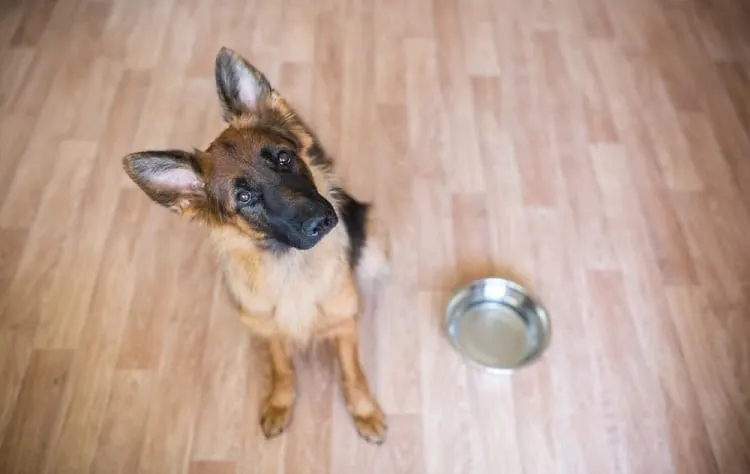
If you feed your dog only dry food and it does not eat more than once a day, include some wet food into its diet.
Although it is smellier and messier to feed, many dogs enjoy eating wet food. It also has a high protein content, which makes it great for your dog’s health.
Moisten the Kibbles
If you do not wish to introduce wet food to your dog’s diet, you can simply soak its kibbles in a little warm water for some time before feeding them to your dog.
Doing so will release the meaty aroma of the kibbles and make the food more appealing to your pet.
Change your Dog’s Diet
If your dog is bored of eating the same old kind of meal every day, it may refuse to eat it at some point.
Sometimes new food is all it takes to increase your dog’s appetite and get it to eat at least twice a day. Check out dog food that has natural, human-grade ingredients and add it to your dog’s diet.
Fortunately, the market for dog food has grown and changed a lot recently. So dog owners can easily find high-quality organic dog food without contaminants.
Tweak your Approach to Treats
Too many treats may be another reason that your furry friend is not eating more than one meal a day. A healthy snack once in a while is good.
But if you’re overfeeding treats to your dog, it may not be able to eat its second meal at the end of the day.
Treats should be restricted to 5% to 10% of your dog’s daily diet.
If you use treats as a form of positive reinforcement during training to keep your dog happy and motivated, break them into small pieces before feeding them to your dog.
This will help you treat your dog without reducing its appetite at mealtimes.
When Is It Time to Contact the Vet?
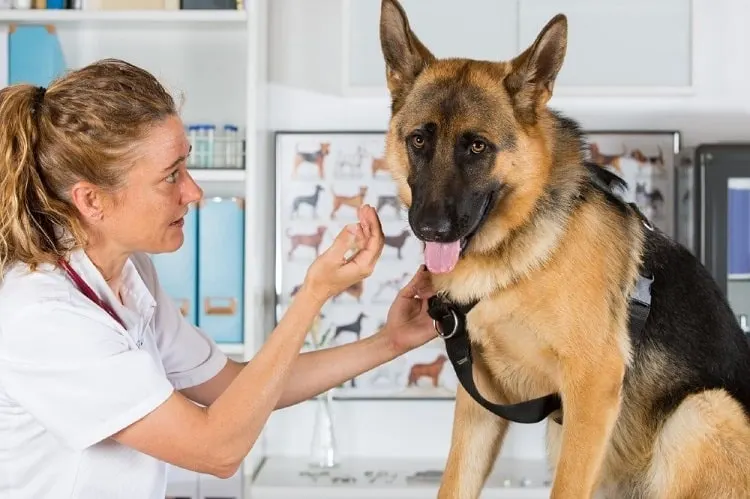
If your dog is not eating twice a day or more despite your best efforts, you should take it to a veterinarian to get it checked for any medical issues.
You should also immediately take your dog to a veterinarian if you have any concerns or suspicions about its lack of appetite.
Often dogs do not feel like eating if they suffer from health problems such as infection, gastrointestinal problems, kidney disease, dental problems, or behavioral problems.
Older dogs are more likely to suffer from such health issues. So do not ignore your dog’s lack of eating as it may point to an underlying health problem.
Some signs and symptoms that you may see in an ill dog are lethargy, weakness, fever, and whining.
Digestive issues such as stomach pain, bloating, vomiting, and diarrhea are other symptoms that indicate a medical issue.
The veterinarian will take a detailed history of your dog’s health and eating habits and examine your dog properly.
If the veterinarian has any suspicions, they will do further tests such as blood and urine tests, ultrasound, and an x-ray to determine the cause of your dog’s lack of appetite.
They will then suggest a suitable treatment plan to help you bring your dog back to normal.
Final Thoughts
Usually, dogs eat multiple times a day without any fuss or drama.
However, if your dog only eats once a day, it may be a picky eater, in which case our handy tips and tricks above will help you get it to eat more.
But if it has any symptoms of an illness or refuses to eat even after repeated efforts to feed it, you should consult a vet as quickly as possible.
Resources:
























